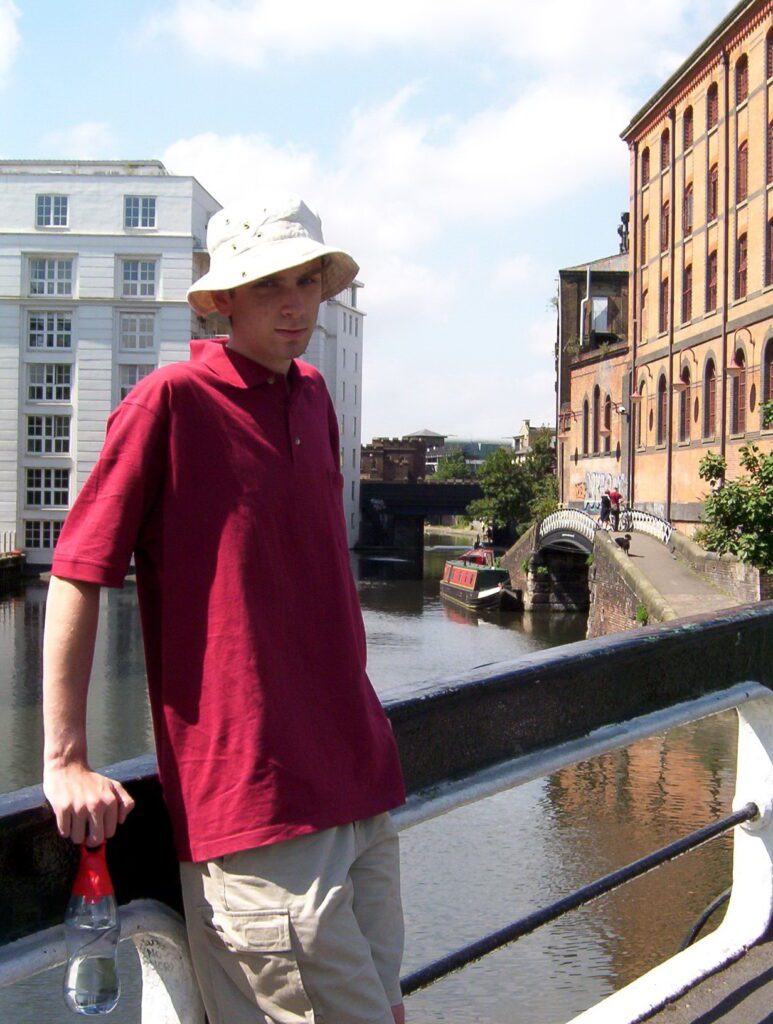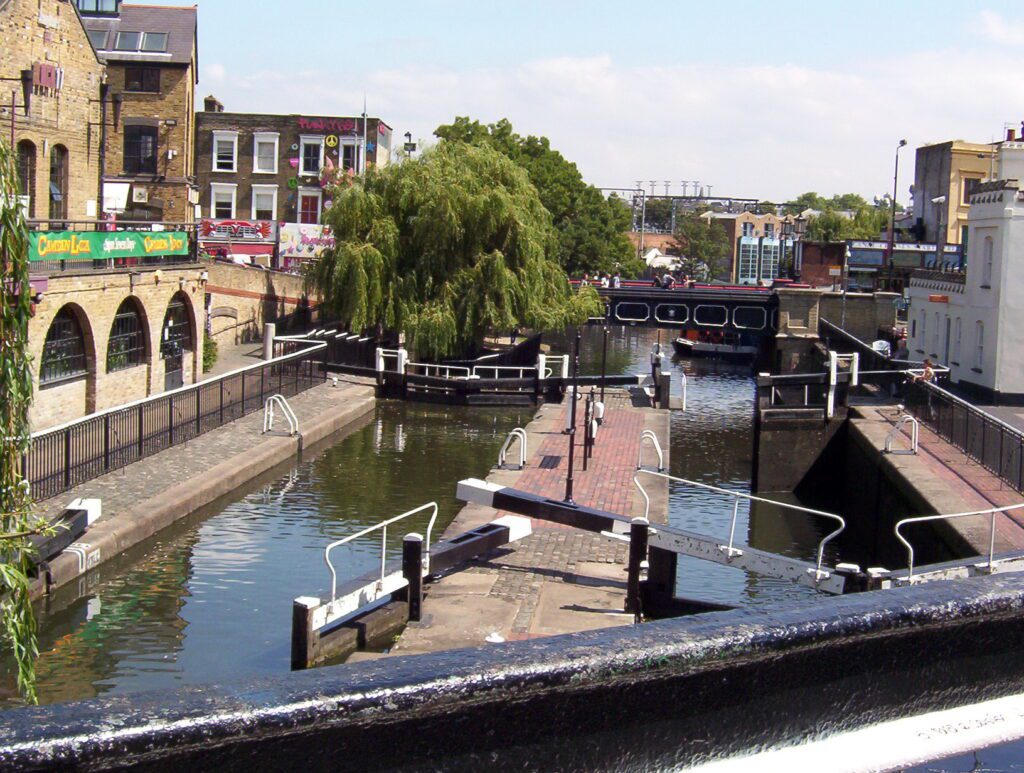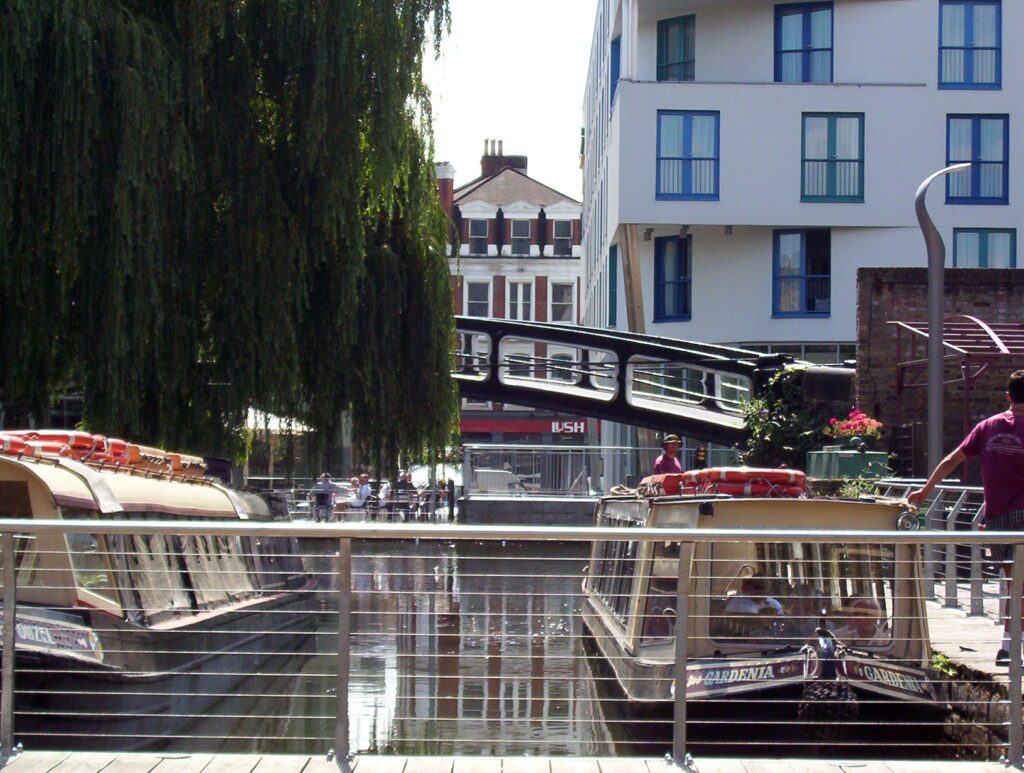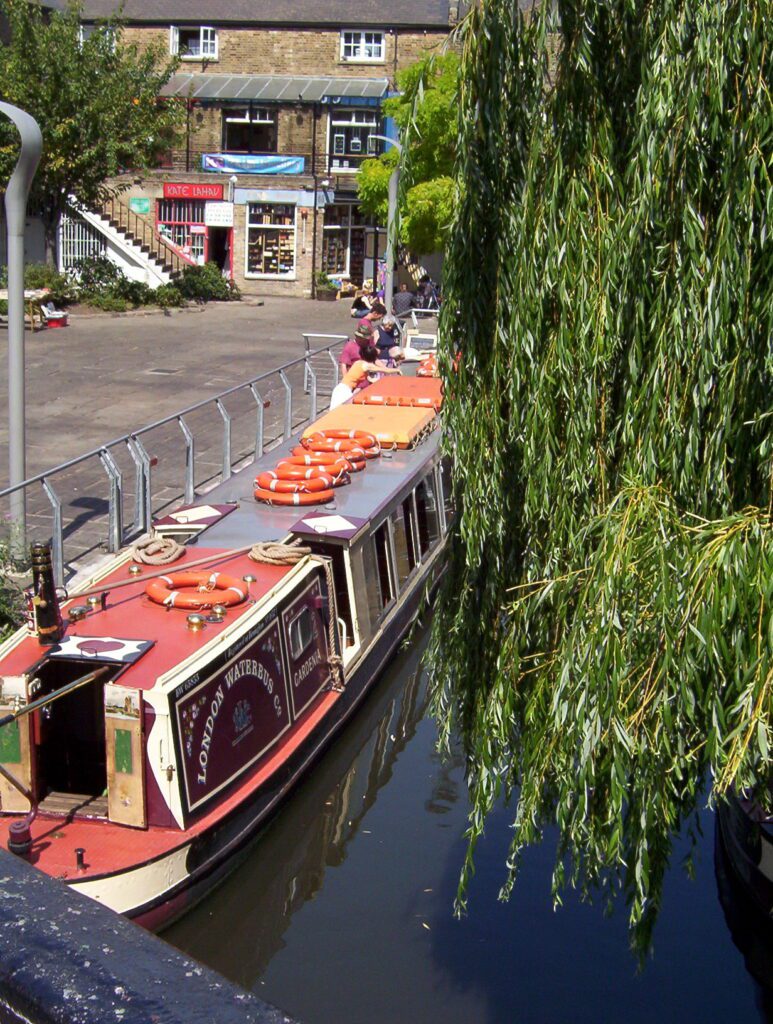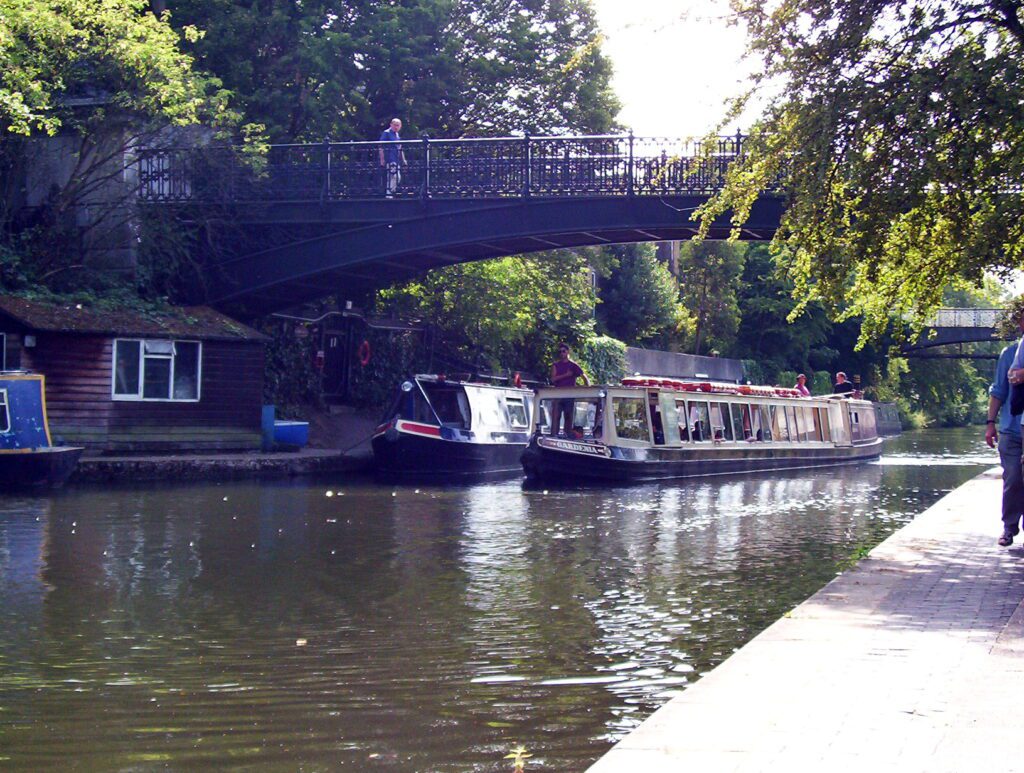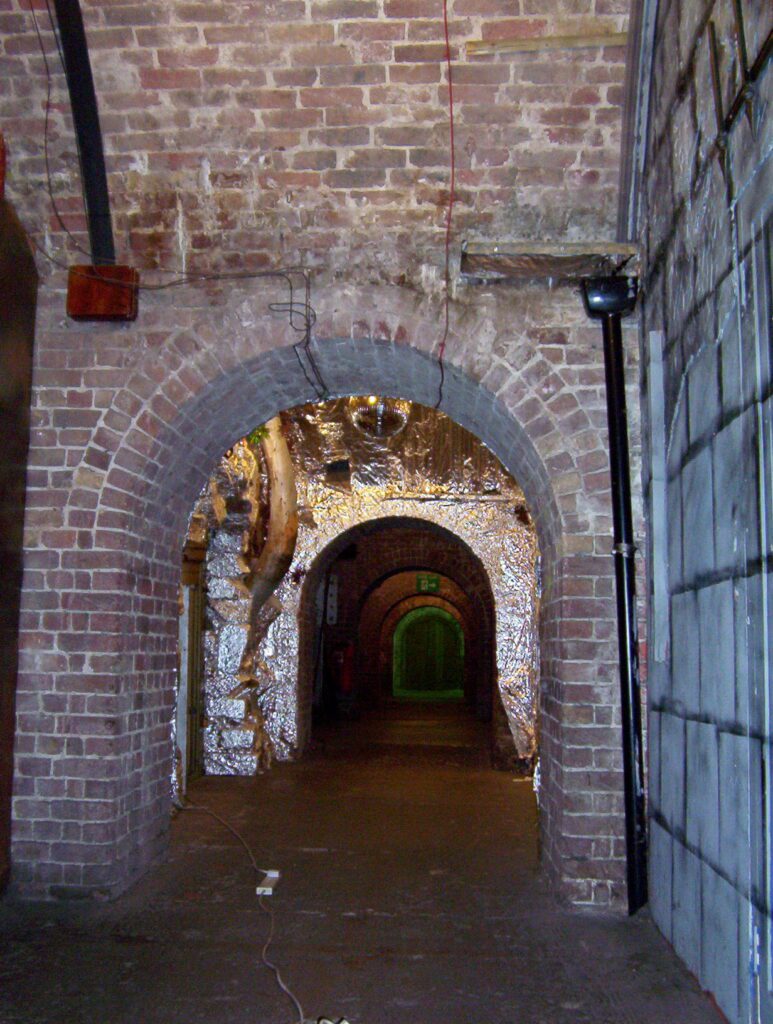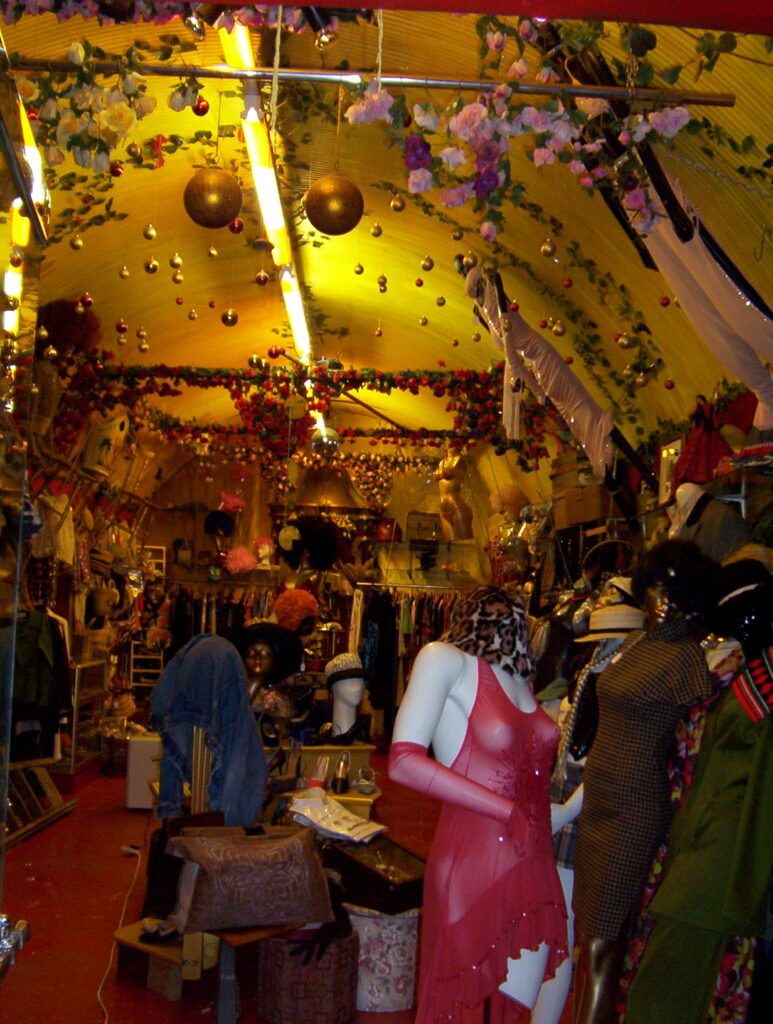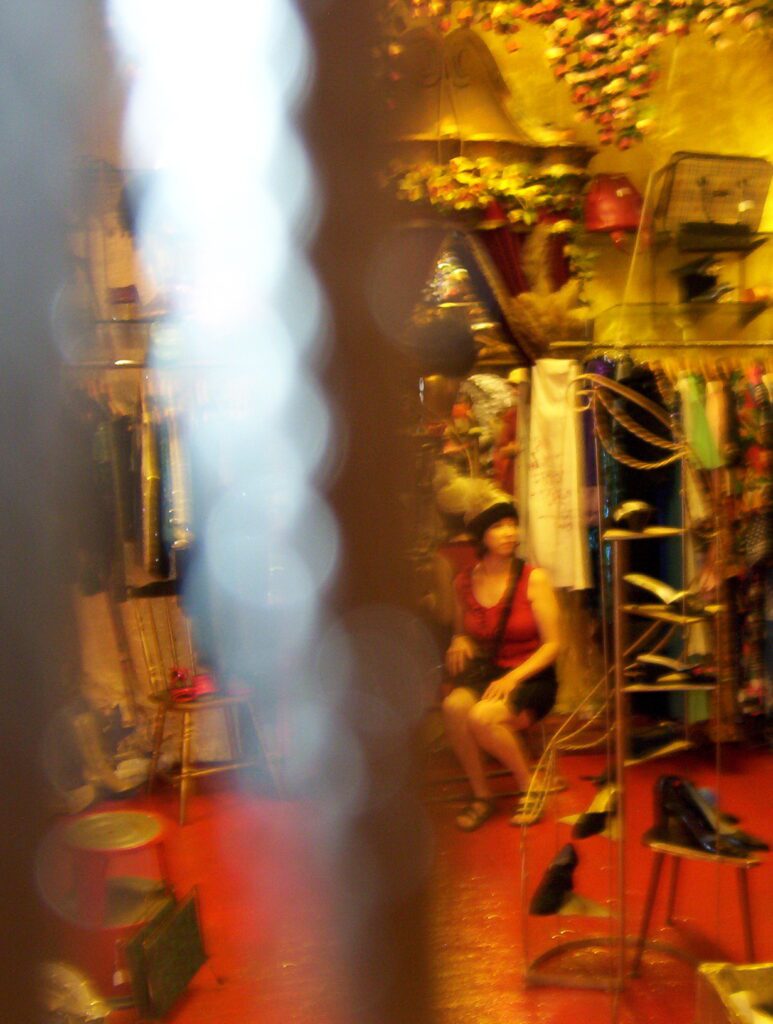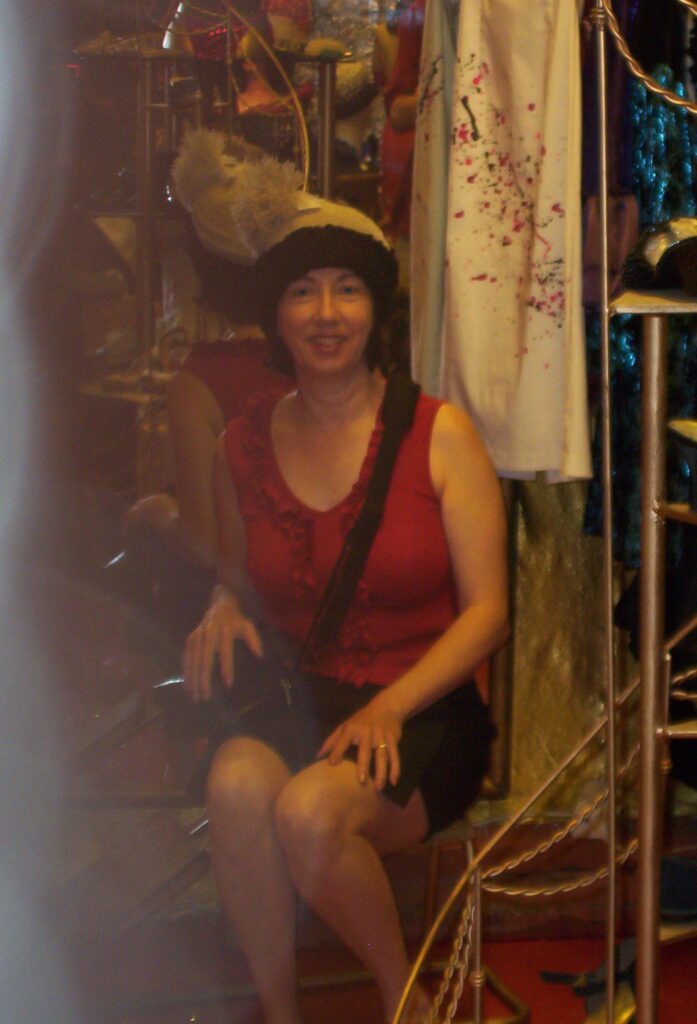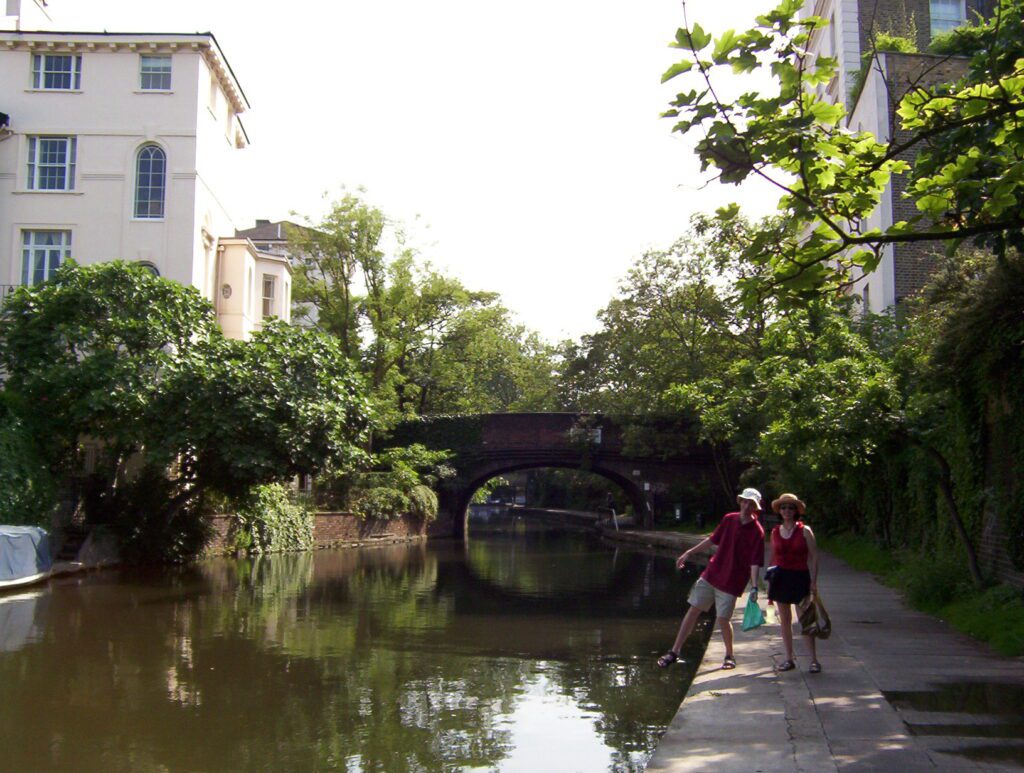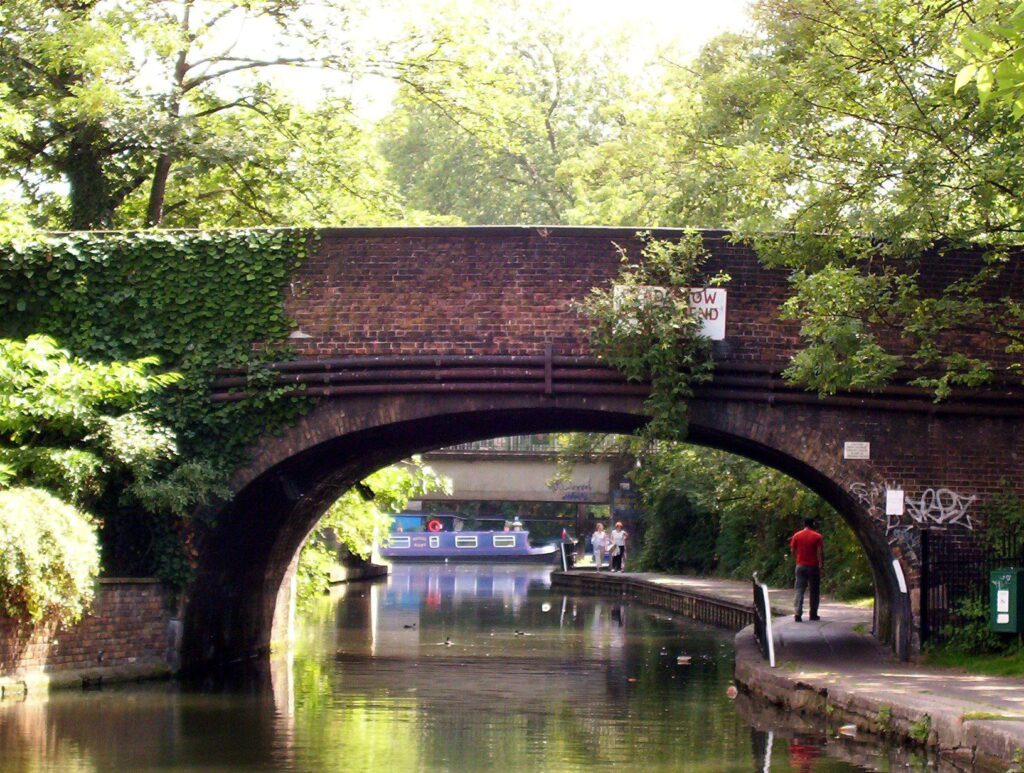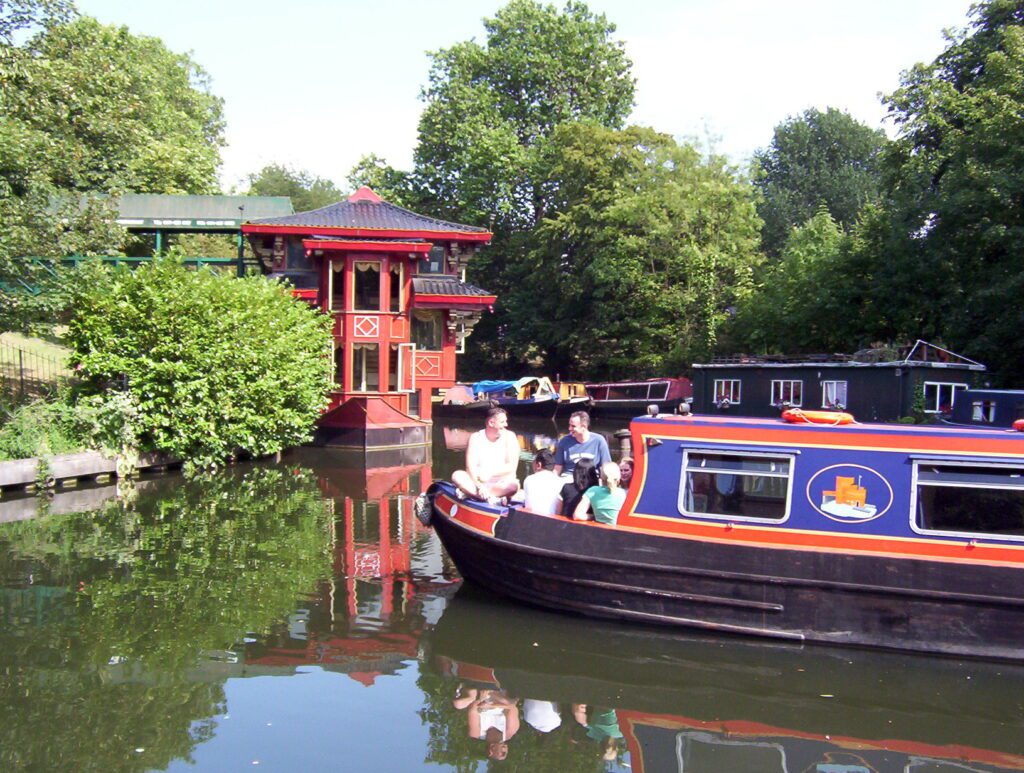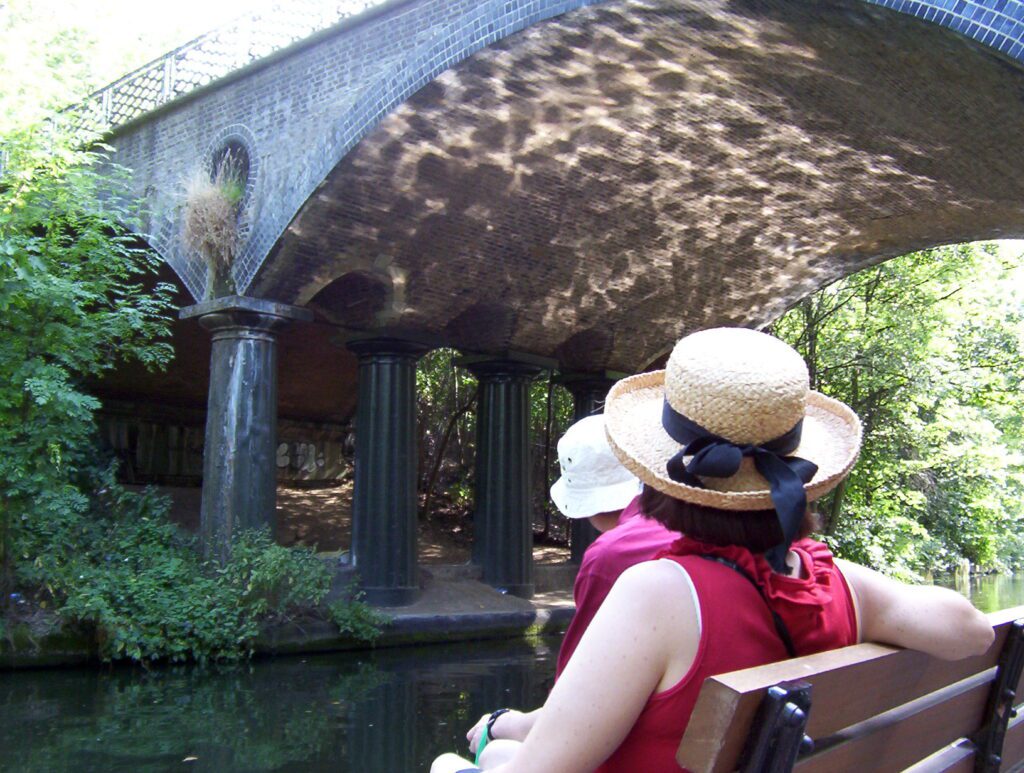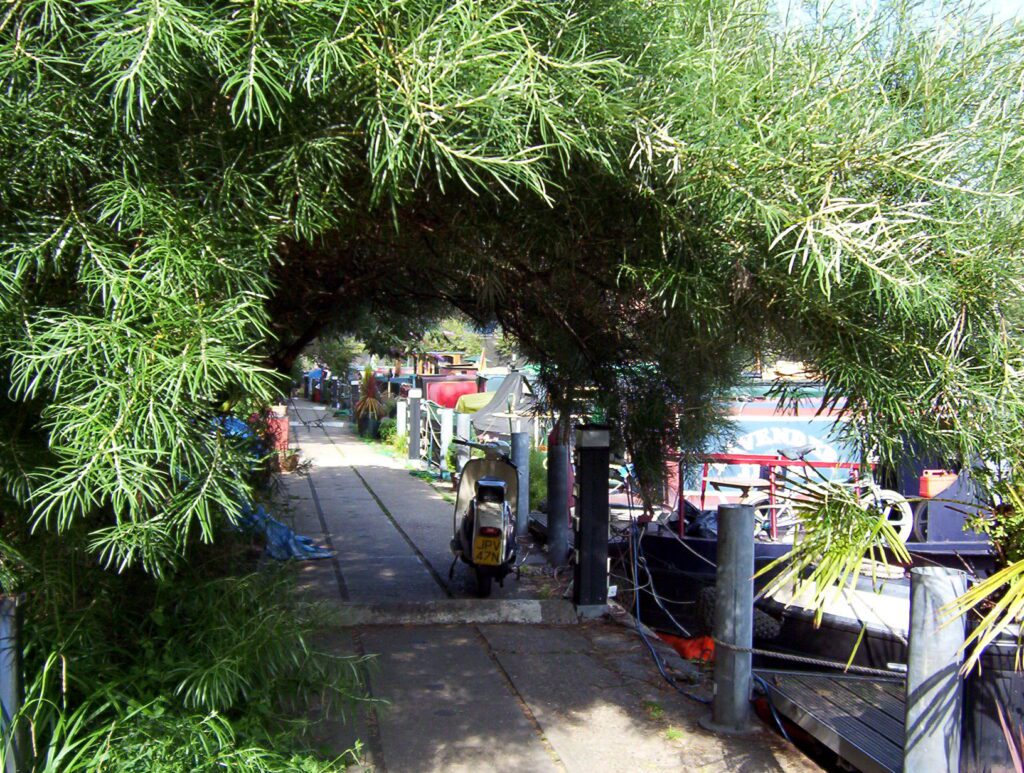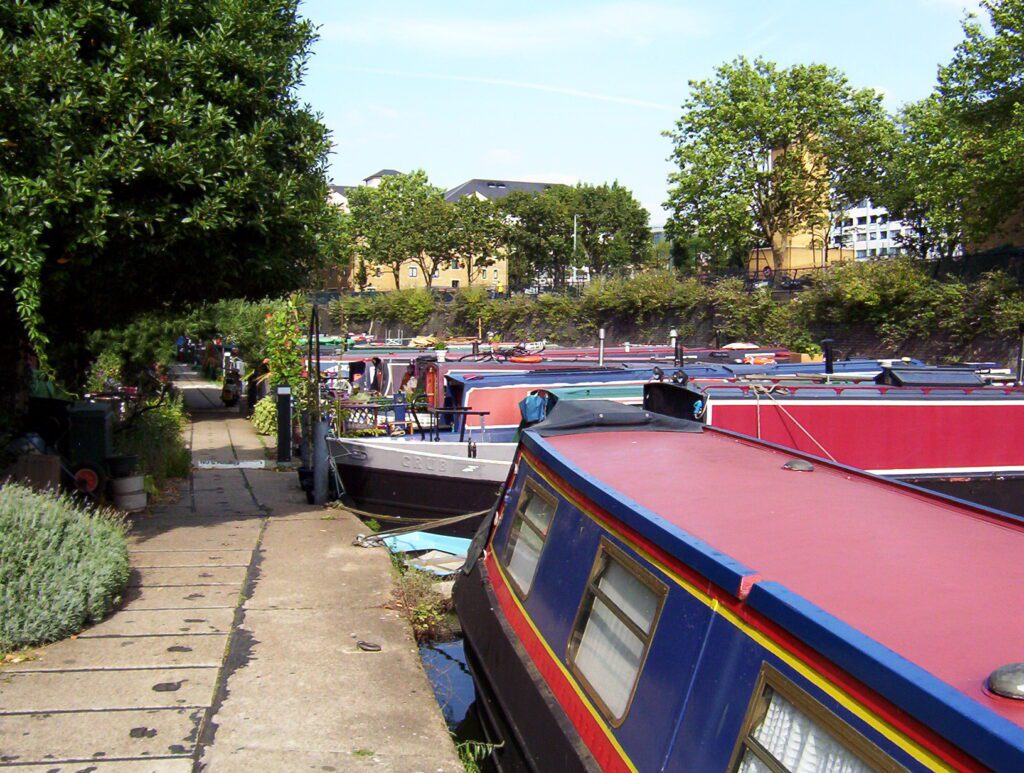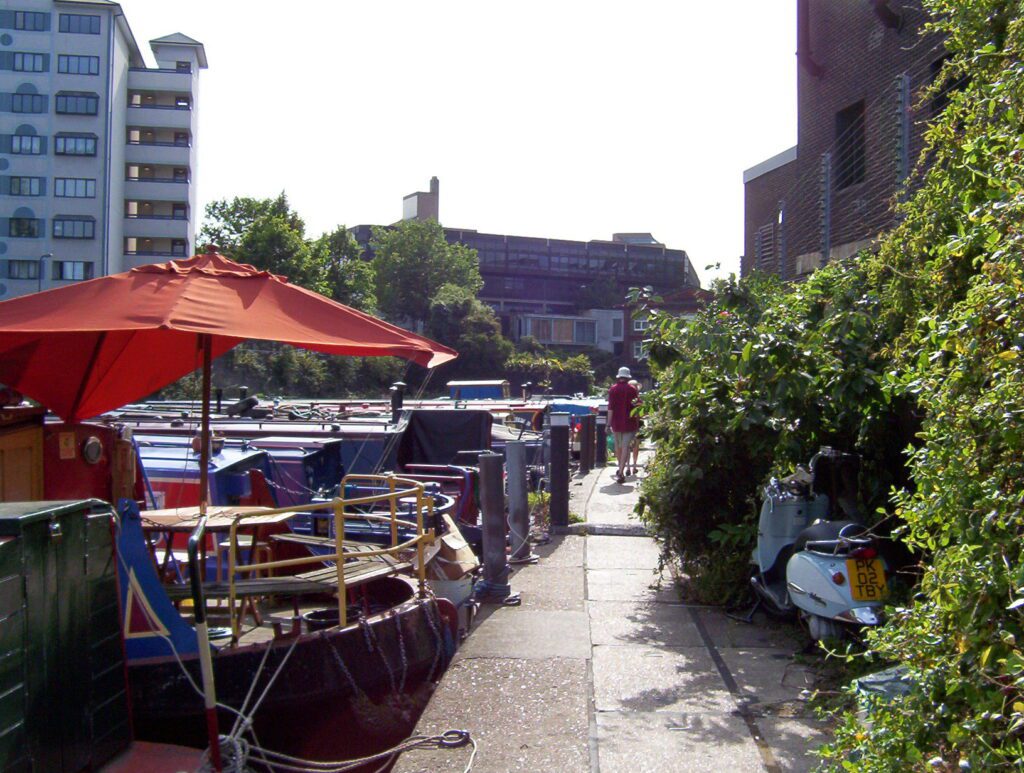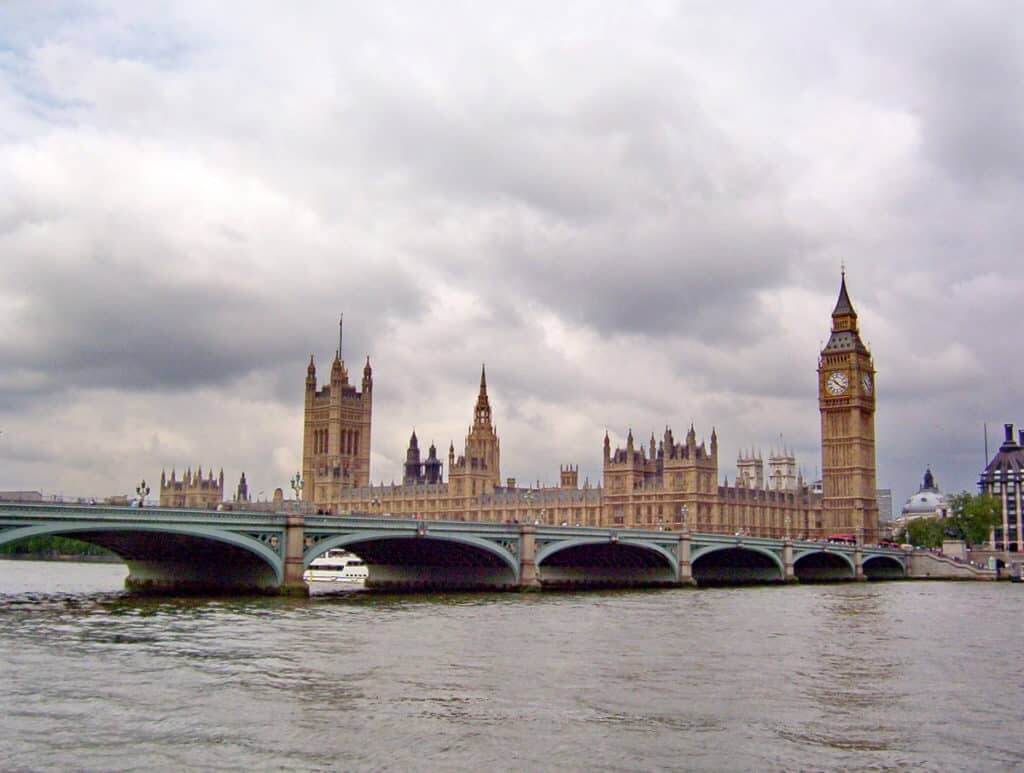Wowed by the Canals and Catacombs of Camden Town, London
After a hearty breakfast on this, our second-to-last day in London, England, Bob, our son, and I hopped aboard a double-decker bus to catch a ride over to Camden Town, a thriving tourist area made up of markets. What we did not realize was that many are set up in the catacombs around Regent’s Canal. We were soon wowed by the canals and catacombs in Camden Town!
It also surprised us to learn that the canal winds for miles through the city. Regent’s Canal was built in two stages, the first stage linking Paddington Arm of the Grand Union Canal to Camden in 1816. By 1820, the Canal connected to River Thames at Limehouse Basin. From 1820 onward, Regent’s Canal was a conduit connecting to other canals so goods delivered by sea-faring vessels to the mouth of River Thames could be moved into England’s countryside.
Regent’s Canal was London’s main thoroughfare for heavy freight. It extends 13.8 kilometres from Little Venice in the west of London, to Limehouse Basin, The Docklands. The Canal uses 5 locks to steppe its way down the 30-metre change in elevation with Camden Lock being one of them.
On its course from Little Venice to Limehouse Basin, Regent’s Canal passes through Regent’s Park, the London Zoo, Camden Locks, St. Pancras and King’s Cross, Hoxton and Mile End.
The three of us were thoroughly enjoying the unexpected pleasure of watching leisure boats and waterbuses navigate the Canal. Canal boats or barges are wider than traditional narrowboats, up to 14 feet across such as the waterbuses ferrying people between Maida Vale and Camden Town.
Traditional narrowboats are no more than 7 feet wide and up to 72 feet long. These guidelines were established with the construction of the Canal system so that the narrowboats could maneuver in the narrow confines of the nationwide network of canals. The United Kingdom canal system was used by hundreds of companies for long-distance transportation of goods throughout England from the late 1700s through to the First World War. By 1970, this practice pretty much ceased.
Bob and I were fascinated with the infrastructure of the Canal system. As we moseyed along Regent’s Canal, it felt like we had stepped into a hidden world. During the Canal’s heyday of commercial transportation, an extensive system of underground passages also existed next to the Canal.
Called Camden Catacombs, these tunnels are not catacombs in the true sense of the word because they never served as repositories for dead bodies. They were used as stables for the horses that pulled the narrowboats through the Canal and for the pit ponies that shunted railway wagons for the railway companies.
Today, as part of Camden Market, many shops are built under the old bridge tunnels and in stables that were once located in these caverns along the Canal. We were thrilled to find one vintage shop that really piqued my interest, but sadly it was closed on that particular day.
By chance, the owner and a friend came by to do some work, and they agreed to let us in for a look. We browsed forever, talked with the owner, and finally bought a hat and a necklace.
The hat from the 1950s is for winter wear, featuring lambs’ wool and a feather tassel. The necklace is a gold serpent with gemstone eyes; it came in the original box. There were many stores selling vintage clothing, Goth stores, and boutiques offering books, clothing, designer-wear, jewelry, and anything else one can imagine. It reminded us of Kensington Market and Queen Street shops in Toronto.
With shopping completed, our family opted to walk back towards our hotel along what used to be the towpath used by the horses that pulled the boats. It was fascinating to see remnants of that long-lost activity such as small gaps in some bridges that made it possible for a horse to cross Regent’s Canal without unhooking the rope from the boat. In other places, underwater ramps exist that enabled horses to climb out of the Canal if they had fallen in.
The uniqueness of Little Venice and Camden Town turned our walk into a magical experience. After passing one road bridge west of the Camden Locks, the Canal made a sharp turn into the stub of Cumberland Basin.
Cumberland Arm originally was a 1-kilometre long stretch of canal that joined Regent’s Canal at Cumberland Basin. Cumberland Basin was a wider expanse of the waterway that allowed narrowboats to turn around or to unload cargo without impeding other canal traffic. All that remains of it is the short stub-end of the Arm. A Chinese restaurant called Feng Shang Princess now is moored at the edge of the Basin.
It seemed fitting that we should stop for a rest at Macclesfield Bridge to reflect on its history. This Victorian-style bridge was constructed with brick arches and wrought iron columns in the Greek Doric style. On the morning of October 2, 1874, Macclesfield Bridge was totally destroyed. On that fateful day, a train of boats pulled by a tug was moving up the Canal. One of the boats, the Tilbury, was carrying a mixed cargo that included 5 tons of gunpowder and two or three barrels of petroleum.
Precisely under Macclesfield Bridge, Tilbury exploded killing 3 crew members and levelling the bridge. Windows were shattered a mile away, fish fell from the sky, and animals in the nearby Zoo were thrown into a dither. The iron columns of the Bridge survived and were reused to build the new bridge, but they were turned around offering a smooth surface for the tow ropes of the horses.
It was a hot sunny day when we explored Camden Town so the shade supplied by living tunnels over the Regent’s Canal Towpath was appreciated. Regent’s Canal follows the northern edge of Regent’s Park wherein is found the London Zoo, so a peaceful atmosphere surrounded us as we moseyed along admiring the leisure boats.
Starting in about 1840, railways and roads became faster and more profitable ways to ship freight, so the canal system gradually fell into disuse. Neglected for many years, and after suffering damage during World War II, the canal system was nationalized by the government in 1947. Soon after, there was a resurgence in the use of the waterways.
It is estimated that there are more boats using the canal systems today than there ever were during the height of commercial shipping. The extensive canal system throughout England provides ready access for many people to enjoy aquatic activities, and the abundance of boats on Regent’s Canal sure evidenced that. It was nice to see so many people benefiting from the waterway right there within the urban environment.
And so it was our last day sightseeing in London and the night before our return to Canada. Our family thoroughly enjoyed the three weeks we had discovering the cultural, historical and rural sides of the country. It had been a very enlightening trip.
Frame to Frame – Bob and Jean

